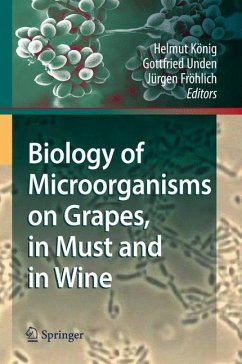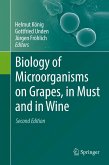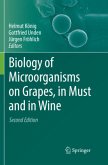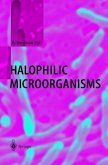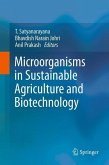Winemaking depends on a complex group of microorganisms such as yeasts, bacteria, and fungi, which colonize grapes, must and wine. Understanding their wine-relevant activities is essential to improving the selection and management of novel starter cultures and consequently wine quality.
In contrast to previous publications, this book consistently focuses on the biology of wine-associated microbes. An international expert board of wine researchers describes the relevant systematic, ecological, physiological and genetic aspects of wine microbiology. The diversity of wine-related species, their energy, primary and secondary metabolism are important topics that have significant impacts on aroma production and off-flavour formation. The growth management of microbial species, stimulating and inhibitory growth factors and cell-cell interactions are also discussed; chapters on modern molecular and maintenance methods including rapid and real-time identification round off the book.
The ancient beverage wine is the result of the fermentation of grape must. This n- urally and fairly stable product has been and is being used by many human societies as a common or enjoyable beverage, as an important means to improve the quality of drinking water in historical times, as therapeutical agent, and as a religious symbol. During the last centuries, wine has become an object of scientific interest. In this respect different periods may be observed. At first, simple observations were recorded, and subsequently, the chemical basis and the involvement of microorg- isms were elucidated. At a later stage, the scientific work led to the analysis of the many minor and trace compounds in wine, the detection and understanding of the biochemical reactions and processes, the diversity of microorganisms involved, and the range of their various activities. In recent years, the focus shifted to the genetic basis of the microorganisms and the molecular aspects of the cells, including metabolism, membrane transport, and regulation. These different stages of wine research were determined by the scientific methods that were known and available at the respective time. The recent "molecular" approach is based on the analysis of the genetic code and has led to significant results that were not even imaginable a few decades ago. This new wealth of information is being presented in the Biology of Microorganisms on Grapes, in Must, and in Wine.
In contrast to previous publications, this book consistently focuses on the biology of wine-associated microbes. An international expert board of wine researchers describes the relevant systematic, ecological, physiological and genetic aspects of wine microbiology. The diversity of wine-related species, their energy, primary and secondary metabolism are important topics that have significant impacts on aroma production and off-flavour formation. The growth management of microbial species, stimulating and inhibitory growth factors and cell-cell interactions are also discussed; chapters on modern molecular and maintenance methods including rapid and real-time identification round off the book.
The ancient beverage wine is the result of the fermentation of grape must. This n- urally and fairly stable product has been and is being used by many human societies as a common or enjoyable beverage, as an important means to improve the quality of drinking water in historical times, as therapeutical agent, and as a religious symbol. During the last centuries, wine has become an object of scientific interest. In this respect different periods may be observed. At first, simple observations were recorded, and subsequently, the chemical basis and the involvement of microorg- isms were elucidated. At a later stage, the scientific work led to the analysis of the many minor and trace compounds in wine, the detection and understanding of the biochemical reactions and processes, the diversity of microorganisms involved, and the range of their various activities. In recent years, the focus shifted to the genetic basis of the microorganisms and the molecular aspects of the cells, including metabolism, membrane transport, and regulation. These different stages of wine research were determined by the scientific methods that were known and available at the respective time. The recent "molecular" approach is based on the analysis of the genetic code and has led to significant results that were not even imaginable a few decades ago. This new wealth of information is being presented in the Biology of Microorganisms on Grapes, in Must, and in Wine.
From the reviews:
"This compilation is outstanding. Forty-nine contributors from eight countries offer recent information on the microbiology of wine production, covering specific topics in both breadth and depth. ... each of the book's 27 chapters stands alone, there is excellent continuity between chapters to give readers a good overview of the subject. ... The text contains detailed tabular information and clear, readily understood figures. ... This is excellent scientific reporting. Summing Up: Highly recommended. Lower-division undergraduates through professionals and practitioners." (G. S. Howell, Choice, Vol. 46 (11), 2009)
"This compilation is outstanding. Forty-nine contributors from eight countries offer recent information on the microbiology of wine production, covering specific topics in both breadth and depth. ... each of the book's 27 chapters stands alone, there is excellent continuity between chapters to give readers a good overview of the subject. ... The text contains detailed tabular information and clear, readily understood figures. ... This is excellent scientific reporting. Summing Up: Highly recommended. Lower-division undergraduates through professionals and practitioners." (G. S. Howell, Choice, Vol. 46 (11), 2009)

